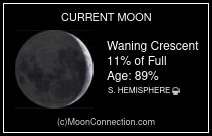The Zohar (Hebrew: זֹהַר, lit Splendor or Radiance) is widely considered the most important work of Kabbalah, or Jewish mysticism. It is a mystical commentary on the Torah (the five books of Moses), written in medieval Aramaic. It contains a mystical discussion of the nature of God, the origin and structure of the universe, the nature of souls, sin, redemption, good and evil, and the relationship between God and man.
The Zohar is not one book, but a group of books; these books include scriptural interpretations as well as material on theosophic theology, mythical cosmogony, mystical psychology, and what some would call anthropology.
According to the 20th century religious historian Gershom Scholem, most of the Zohar was written in an exalted, eccentric style of Aramaic, a language that was spoken in the Land of Israel during the Roman Period in the first centuries of the Common Era. The Zohar first appeared in Spain in the 13th century, and was published by a Jewish writer named Moses de Leon. Scholem, based on accounts from De Leon's contemporaries, and on evidence within the Zohar (Spanish idioms and syntax, for example), concluded that De Leon was the actual author.
De Leon himself ascribed this work to a rabbi of the second century, Shimon bar Yochai.[1] Jewish legend holds that during a time of Roman persecution, Rabbi Shimon hid in a cave for 13 years, studying the Torah with his son, Elazar.During this time he is said to have been inspired by Elijah the Prophet to write the Zohar.















0 comments